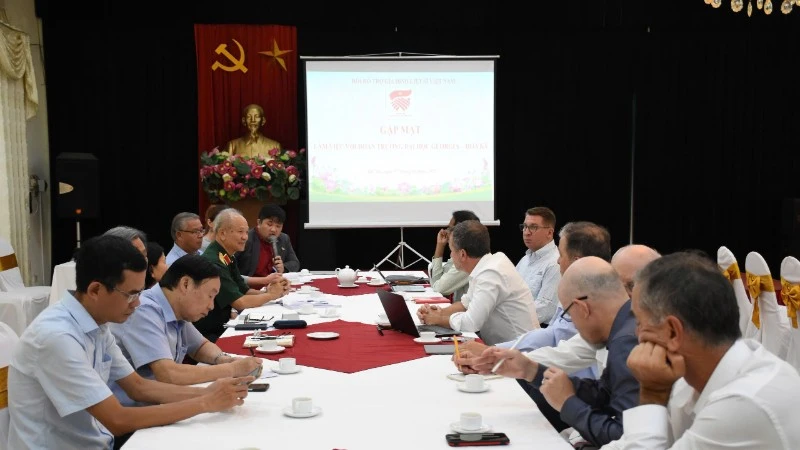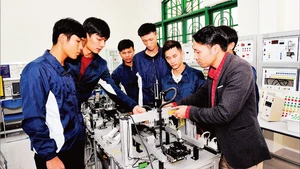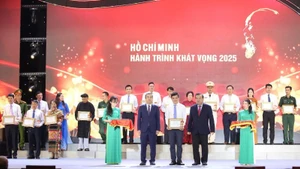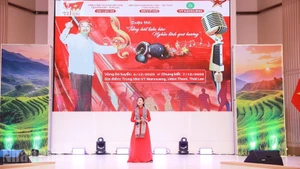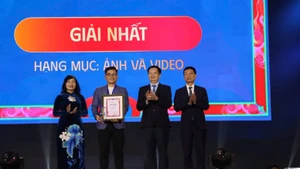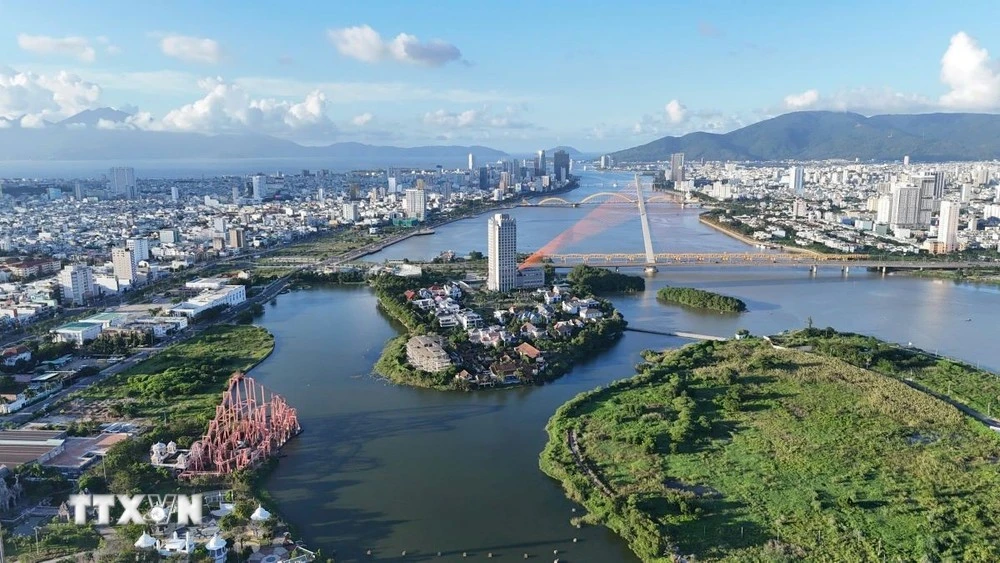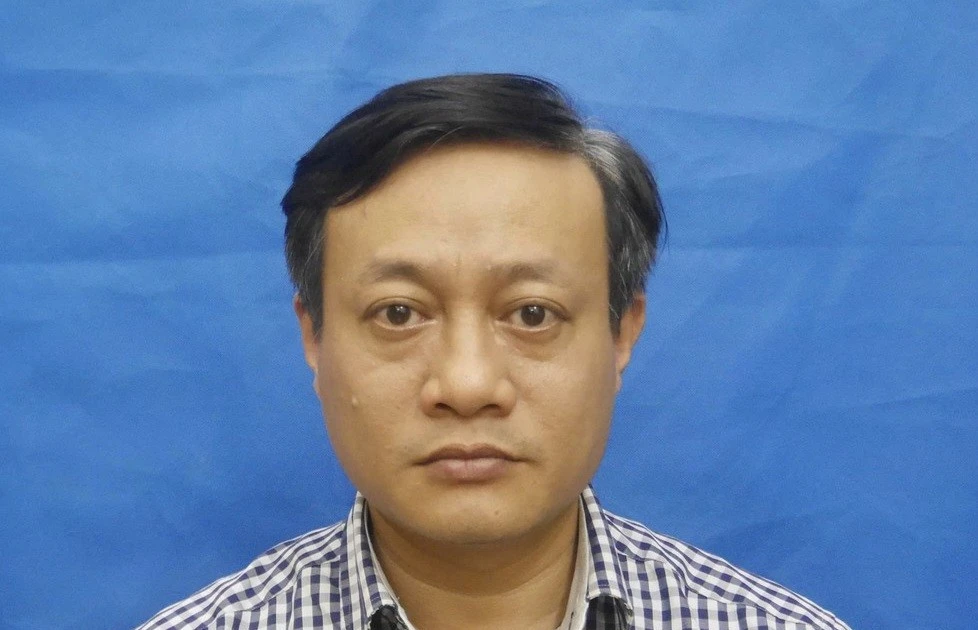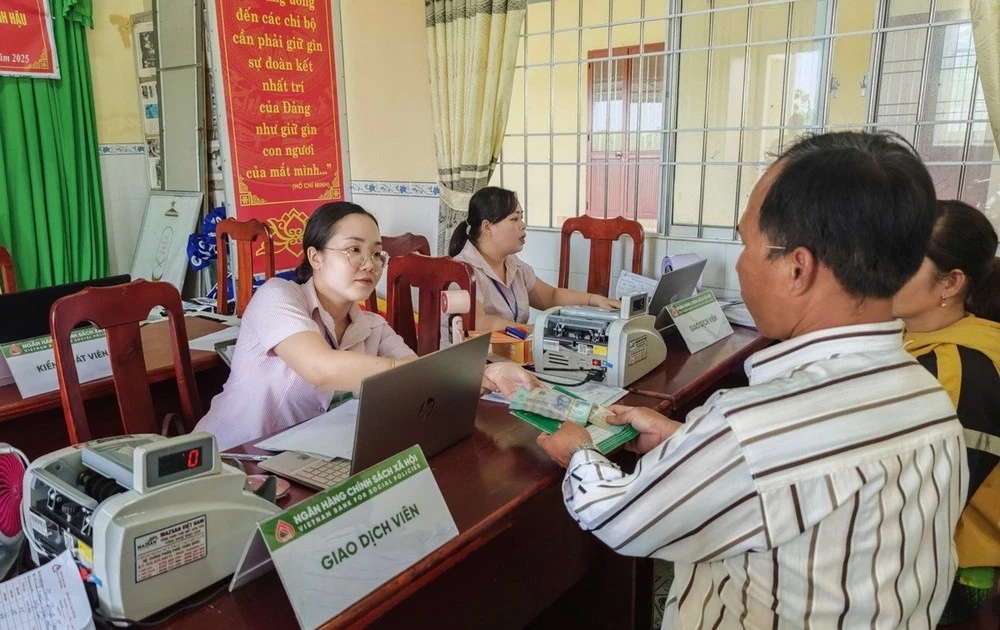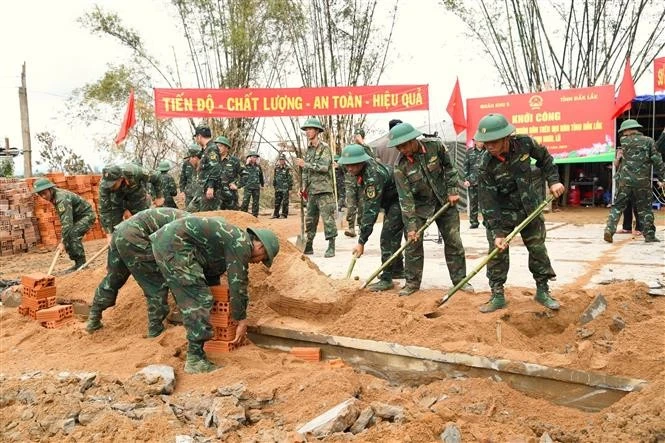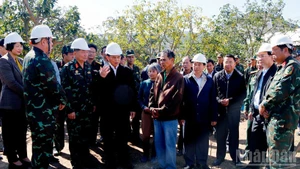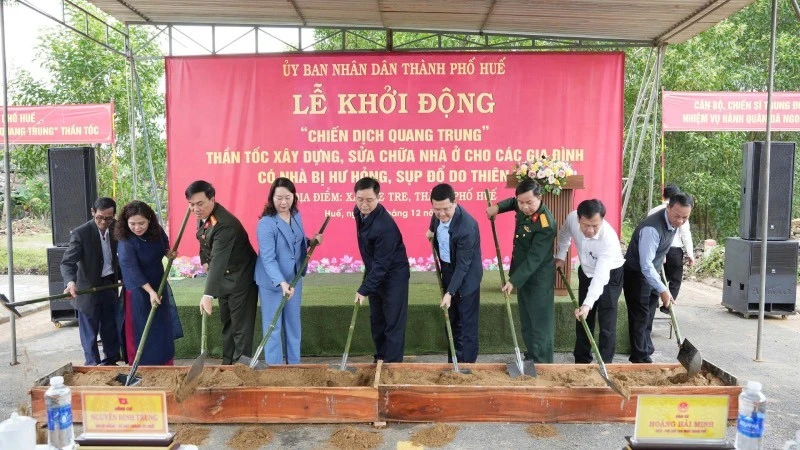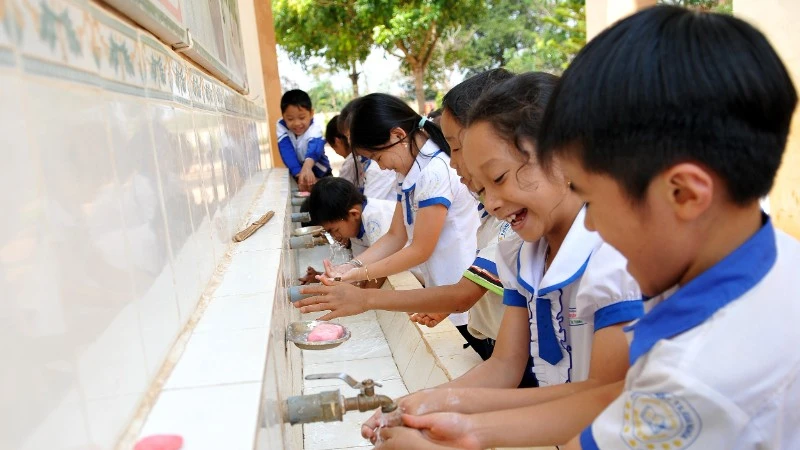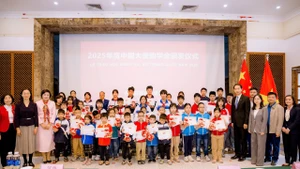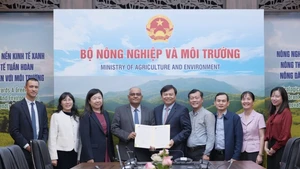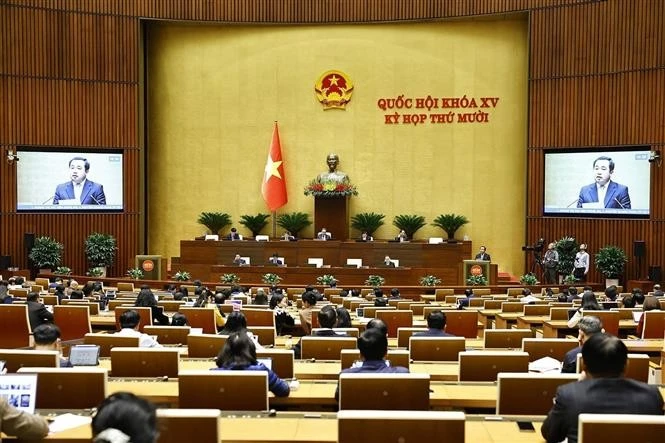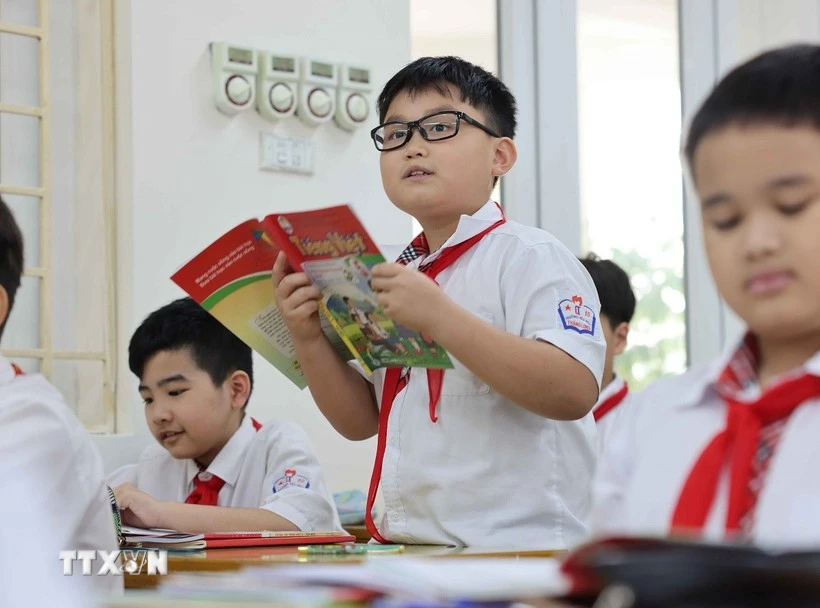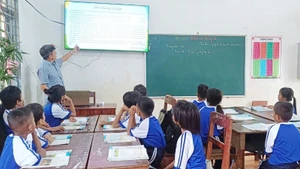The meeting, chaired by VMFSA Chairman, Lieutenant General Hoang Khanh Hung, saw the US delegation led by Professor Stephen Mihm, Associate Dean of the Franklin College of Arts and Sciences at the University of Georgia, accompanied by a team of academics and experts.
In recent years, the VMFSA has proactively expanded its international partnerships to locate information on fallen soldiers and mass graves, support the search and recovery of missing martyrs’ remains, and thus help ease the deep wounds left by the war.
In 2024, delegations of US veterans entrusted the VMFSA with 21 comprehensive dossiers detailing mass burial locations of Vietnamese soldiers. These dossiers include maps, precise coordinates, aerial and satellite imagery, witness testimonies, and analytical reports — forming a vital resource for field research in locating remains.
During the meeting, delegates from the University of Georgia introduced ground-penetrating radar (GPR) technology, a sophisticated device combining magnetic sensors and geological imaging to detect subsurface anomalies such as mass graves. Widely used across archaeological and forensic fields globally, this technology promises to significantly enhance the search capabilities.
The University of Georgia team proposed delivering a short-term training course in Viet Nam for the Association’s technical personnel, covering radar operation, calibration, signal analysis, and 3D data modelling. They also pledged expert supervision and remote support throughout field deployments.
For its part, the VMFSA hoped that relevant agencies and units will soon adopt and apply GPR technology to promptly support the search and repatriation of martyrs’ remains in the near future.
